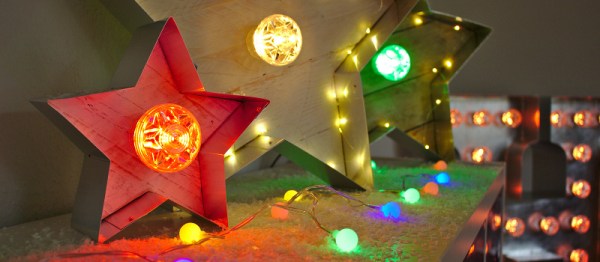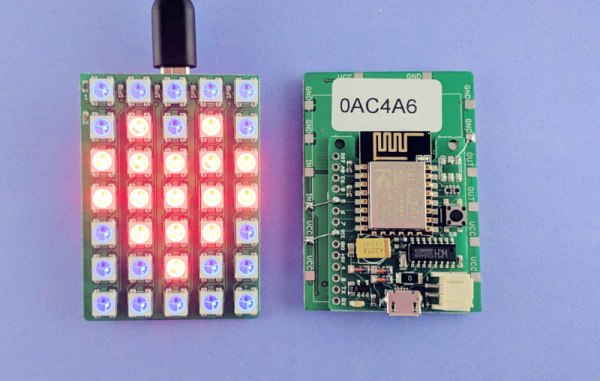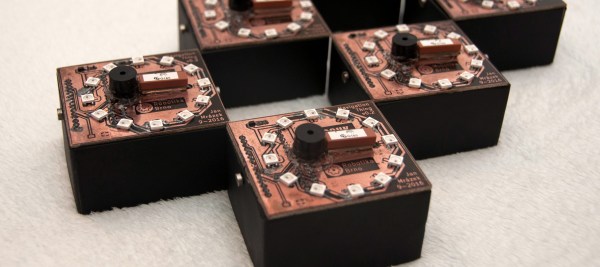We love it when someone takes inspiration from one of our posts and comes up with their own twist on it. [Matthew] liked one builds he saw on Hackaday so much, he built his own LED desktop Xmas tree!
[Matthew] was inspired by [designer2k2]’s DIY desktop Xmas tree that was posted in October. To get started, he found a set of concentric WS2812 rings over on Ali Express. The five rings total 93 LEDs, plus a single WS2812 for the top of the tree. He also got a laser cut tree model from Thingiverse and had it cut, combining the LED rings with the tree in the final product
The whole thing running on a Digispark USB Development Board from DigiStump, the same as the original project. There aren’t many details in the video, but [Matthew] has put links to where he got the rings and the tree, the laser cutting service, a link to the DigiStump website as well as a link to [designer2k2]’s original tree project. There’s no source code yet, but [Matthew] says a link to it is coming along with some more pictures.

















